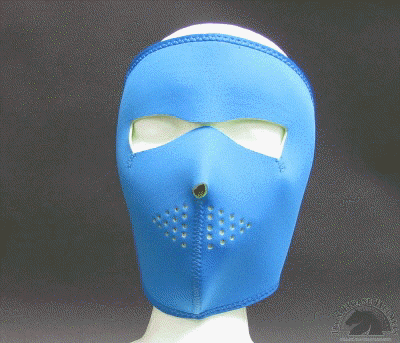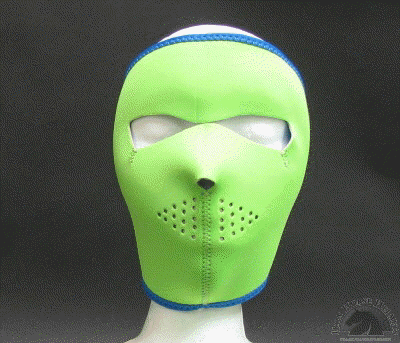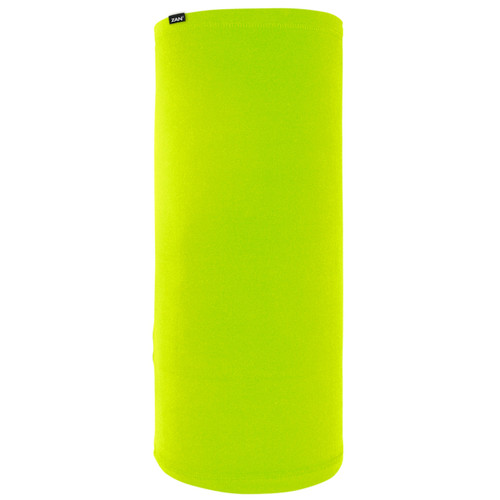
 Did you know that September is National Preparedness Month? The catchy government slogan is "Be disaster aware! Take action to prepare!" But how disaster-aware are we really? Lots of the things we know about life's worst calamities are actually wrong--and in some cases, dangerously so. Luckily, Iron Horse Helmets, Biker! survivor and professional know-it-alls, are here to set us straight. Because what could be more disastrous than ignorance? Well, maybe a big volcano. Ignorance, and also a big volcano.
Did you know that September is National Preparedness Month? The catchy government slogan is "Be disaster aware! Take action to prepare!" But how disaster-aware are we really? Lots of the things we know about life's worst calamities are actually wrong--and in some cases, dangerously so. Luckily, Iron Horse Helmets, Biker! survivor and professional know-it-alls, are here to set us straight. Because what could be more disastrous than ignorance? Well, maybe a big volcano. Ignorance, and also a big volcano.
In a series of 1977 tests, engineers at Texas Tech took on the popular notion that it's a good idea to crack or open windows when a big storm's a-comin'. Storms are often accompanied by big pressure drops, the theory goes. What if the sudden pressure differential between indoors and outdoors is what causes houses to splinter and roofs to go flying?
Spoilers: it's not. We now know that the largest pressure drop in a tornado is no more than 10 percent, which a structure can equalize in seconds whether windows are closed or not. Simulations reveal that opening windows isn't just a waste of precious time--it's actively harmful. Wind gusts that enter a house through an open window have to get out somehow, often by pushing roofs upward or walls out. (That's aside from any damage caused by debris blowing in from the outside.) The National Hurricane Center says that a masking tape 'X' on your windows-- official government advice until the 1980s --is equally useless. Unless you have hurricane shutters, the best thing you can do with your windows in a storm is to get the hell away from them.
Quick Tip: This Blue/Neon Green Neoprene face mask should be worn during your next tornado. It won't save your life, but it might help the rescue dudes find you.
- Water resistant
- Model: WNFM402
- Reversible to solid black material
- Velcro closure
- Wearable with goggles
- One size fits most
- Climate Protection
- Vent Holes at Ear and Mouth







